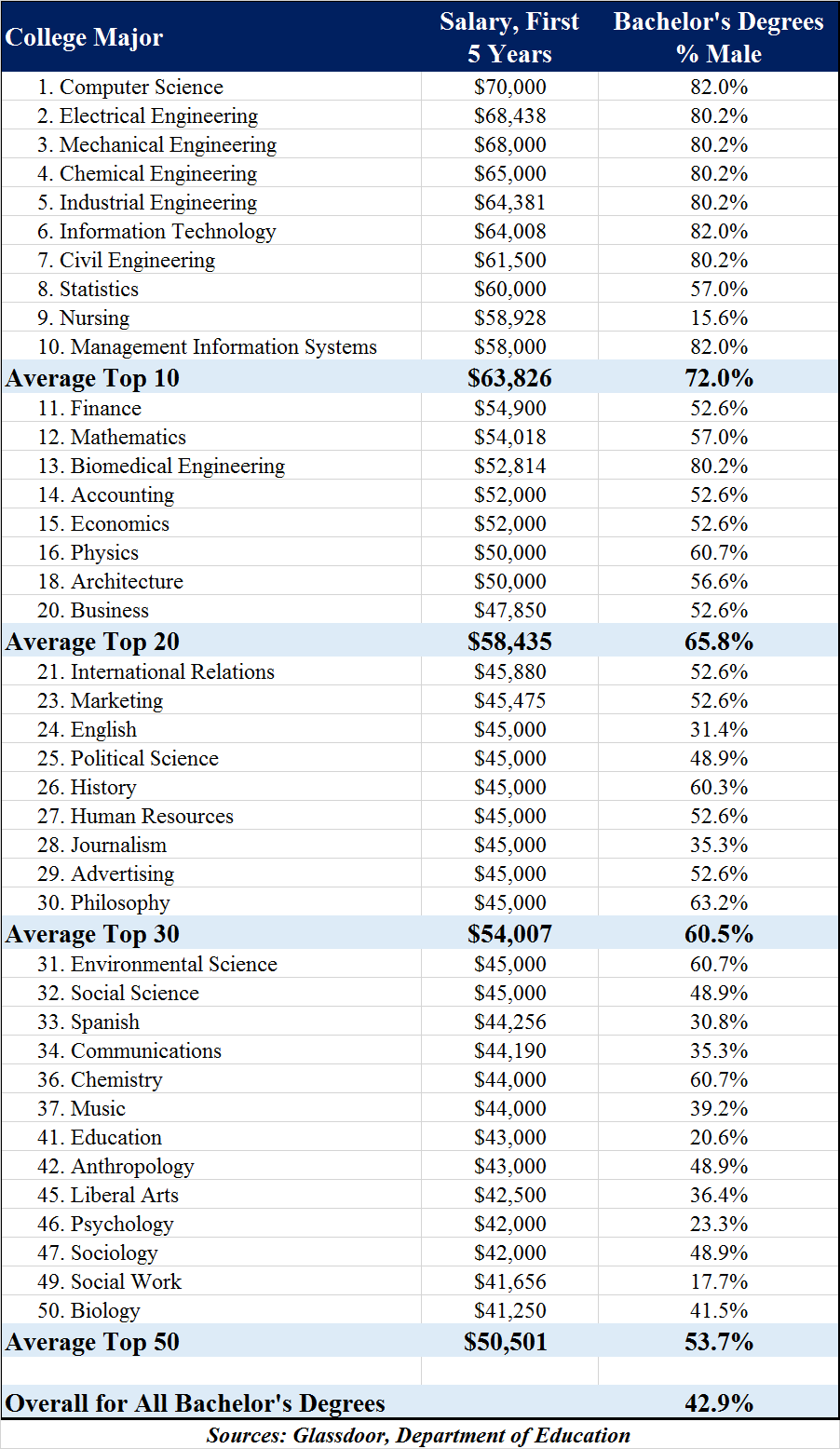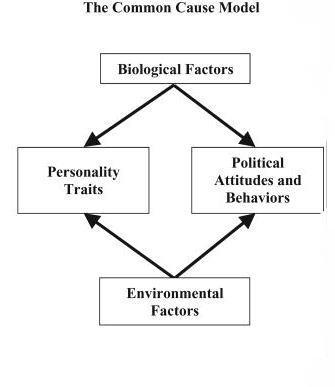If you’ve ever been stranded at an airport — or gotten involved in a debate over school choice — you can certainly empathize with Frederick Hess, director of education policy studies at AEI.
In a sarcastic and slightly cranky opinion piece, Hess details a bad stroke of luck with American Airlines that ultimately prevents him from delivering an important lecture despite trying every maneuver possible to rebook flights, book car rentals, and hightail it through an airport.
So I bolted off the plane, asking the ‘helpful’ lady guiding us to our transfer gates to please just let the gate know I was coming (she said she would). I didn’t make it. Well, by dashing up and down escalators and such, I actually made it there just in time, barely 10 minutes before departure—but the agent had already closed the door and was nowhere to be found. The idle American agent at the gate 20 feet over didn’t much care, even though an impartial third party might’ve thought I merited at least a modicum of consideration—given that I’d spent a big chunk of my day trying to juggle air reservations and rental car plans to accommodate American’s struggles.”
This kind of experience, unfortunately, isn’t all that rare. Travelers get the raw end of the deal at the mercy of airlines all of the time – even though they are paying for their airline ticket and trusting said airline with delivering them in a safe and timely manner.
So why is Hess’ experience important?
Because he makes an analogy that is an excellent window into the experience of many parents when it comes to their children being stranded in a school system that drops the ball time and time again. Only with education, the stakes are much, much higher, as Hess notes.
I’m annoyed today less because my flights were goofed up (which happens), and more because no one who works for the airline seems especially interested in doing anything about it. I would feel infinitely more chipper if I felt like someone really wanted to help ensure that the problem got solved. Instead, I’m staring at the face of a big, bureaucratic morass, a face which displays a remarkable lack of passion for doing the job well.
This happens time and again when it comes to big bureaucracies. Nobody seems all that concerned about helping out, preferring instead to spout lots of stuff about policy and procedure. We can never get hold of anyone who really seems to be in charge, and it can feel like the whole process is devoid of accountability or genuine human concern.
This frustration is at the heart of the school choice debate.
The bureaucracy of public education has been attacked and debated for years. There’s no changing that. And with bureaucracies of all kinds being laden with deficiencies, it’s not a surprise that education is also a victim.
As Ronald Reagan so aptly noted,
Every once in a while, somebody has to get the bureaucracy by the neck and shake it loose and say ‘stop what you’re doing.’
But it’s important that we not throw our hands up and end on a pessimistic, fatalistic view of education. The variable that Hess highlights is crucial to understanding the motive of school choice advocates – and the ability to improve Big Education by employing educators who work with passion and purpose. It’s not a question of for-profit motives, it’s about finding “smaller, more human-sized” school systems:
Hess is a physical traveler just as all parents navigate schools in the hopes of providing the best education possible to their children. If he had been given some semblance of genuine effort to help him reach his destination, Hess could have made his flight. Or even if he didn’t, he could have walked away knowing the best attempt was made by American Airlines to uphold their end of the deal.
That’s not asking too much, is it?
Likewise for parents, school children ought to be given every opportunity to receive the best education, not just the one they are stuck in because that’s where Mom or Dad pays rent or their mortgage. When kids are not afforded that opportunity because the bureaucratic mess of Big Education gets in the way and their education fails them, Mom and Dad become cranky too. Or downright angry, and justifiably so. Because we all know how important education is for setting a child up to pursue happiness and success.
What we all want, I think, in an airline—and a hundred times more in a school—is that professionals exhibit a passion for doing their job well. For figuring out smart ways to solve problems. For execution.
As for the children who’ve had the benefit of school choice, but still fail? Well at least they had access to their best shot. Just as flights will be missed, children will fail. There are countless reasons why. But having the confidence that every effort was made on his or her behalf is a whole lot more palatable than watching employee after employee halfheartedly clock in and out with no desire to help you reach your final destination.







